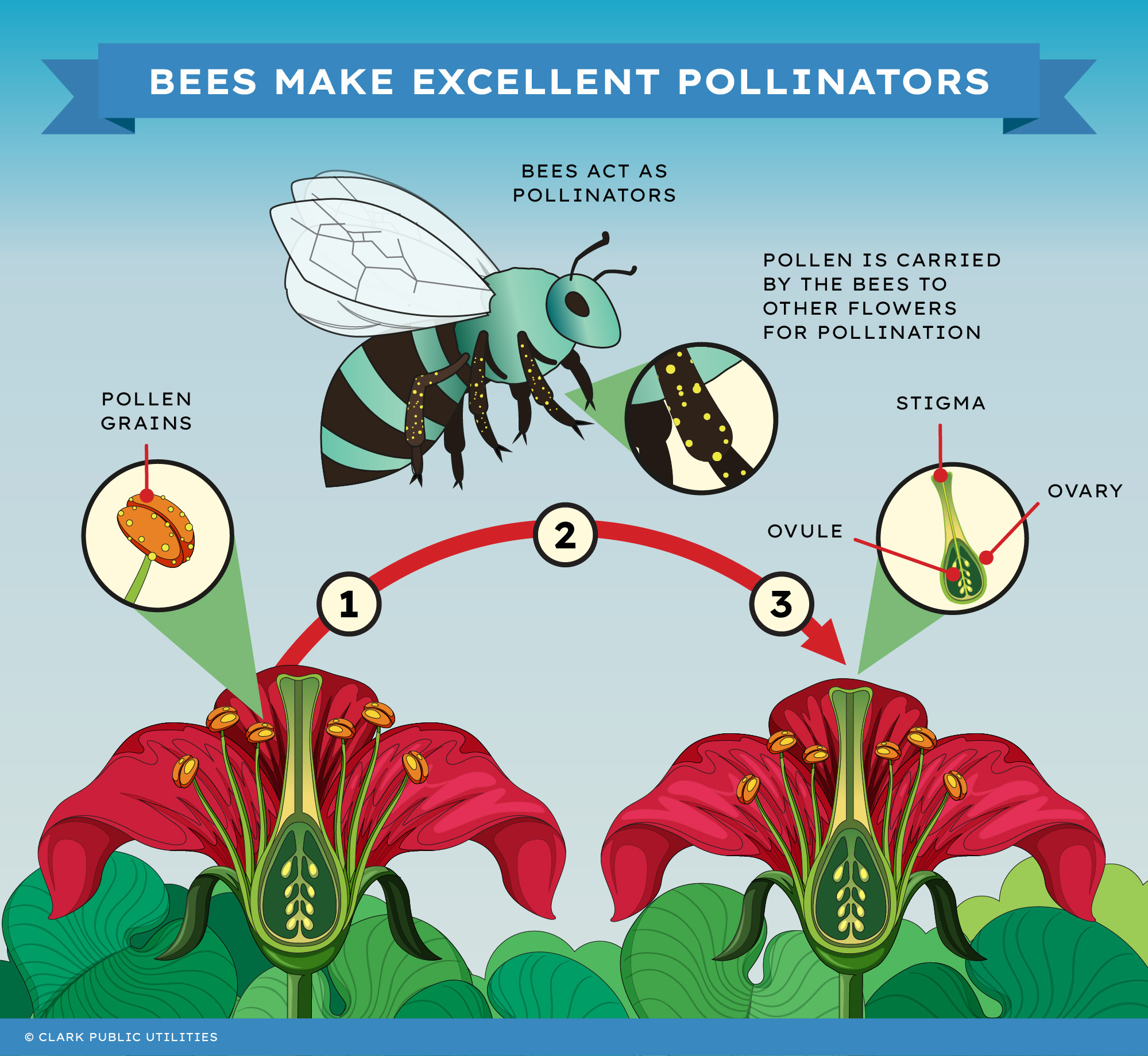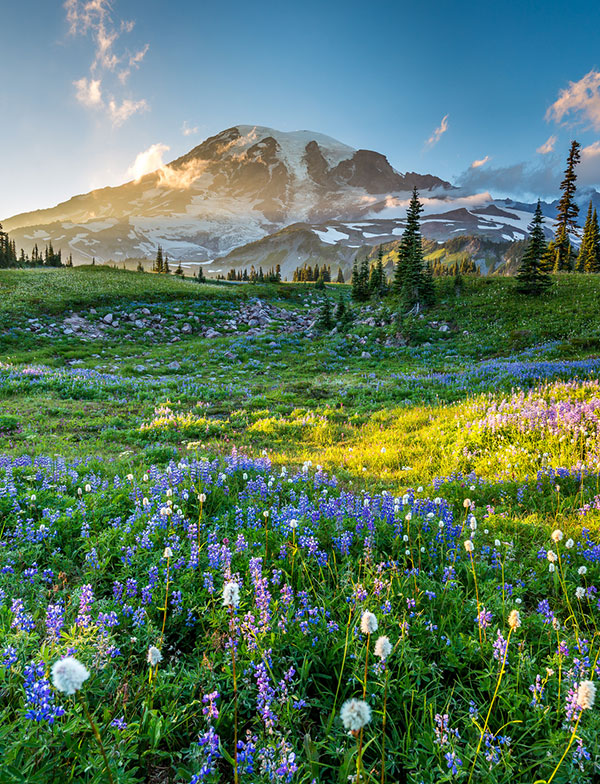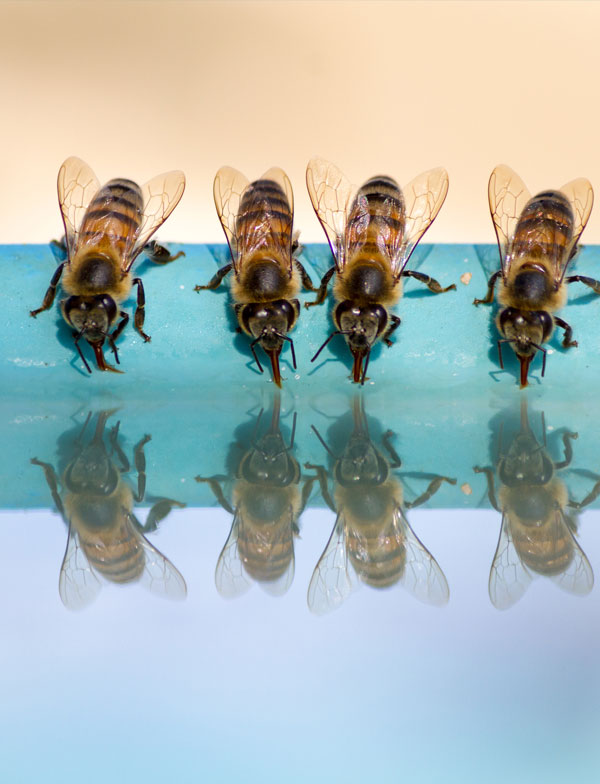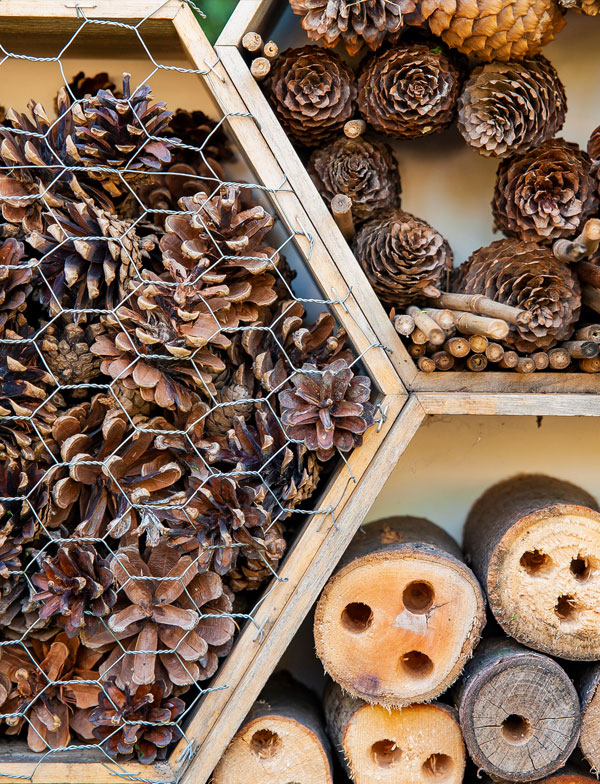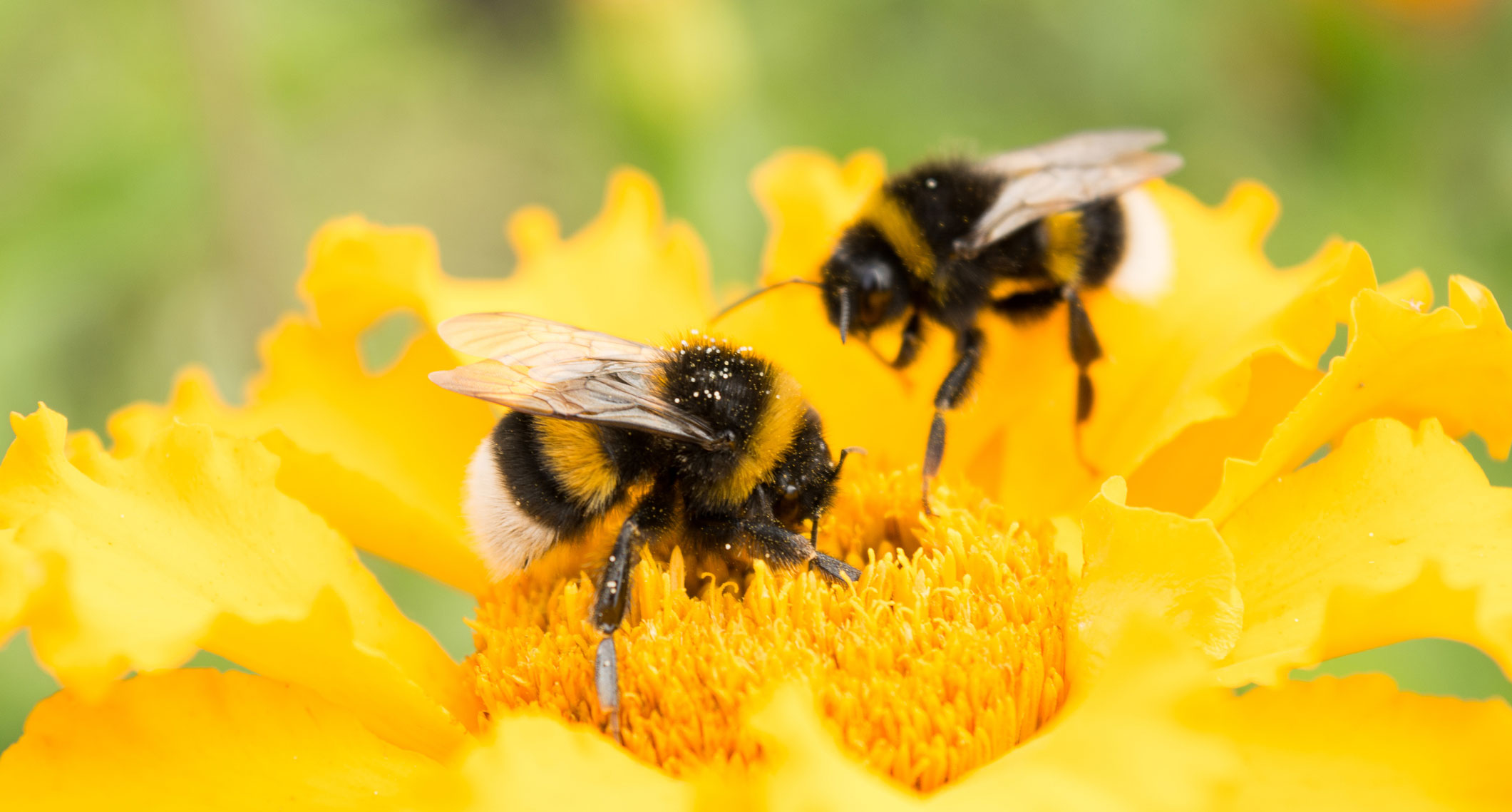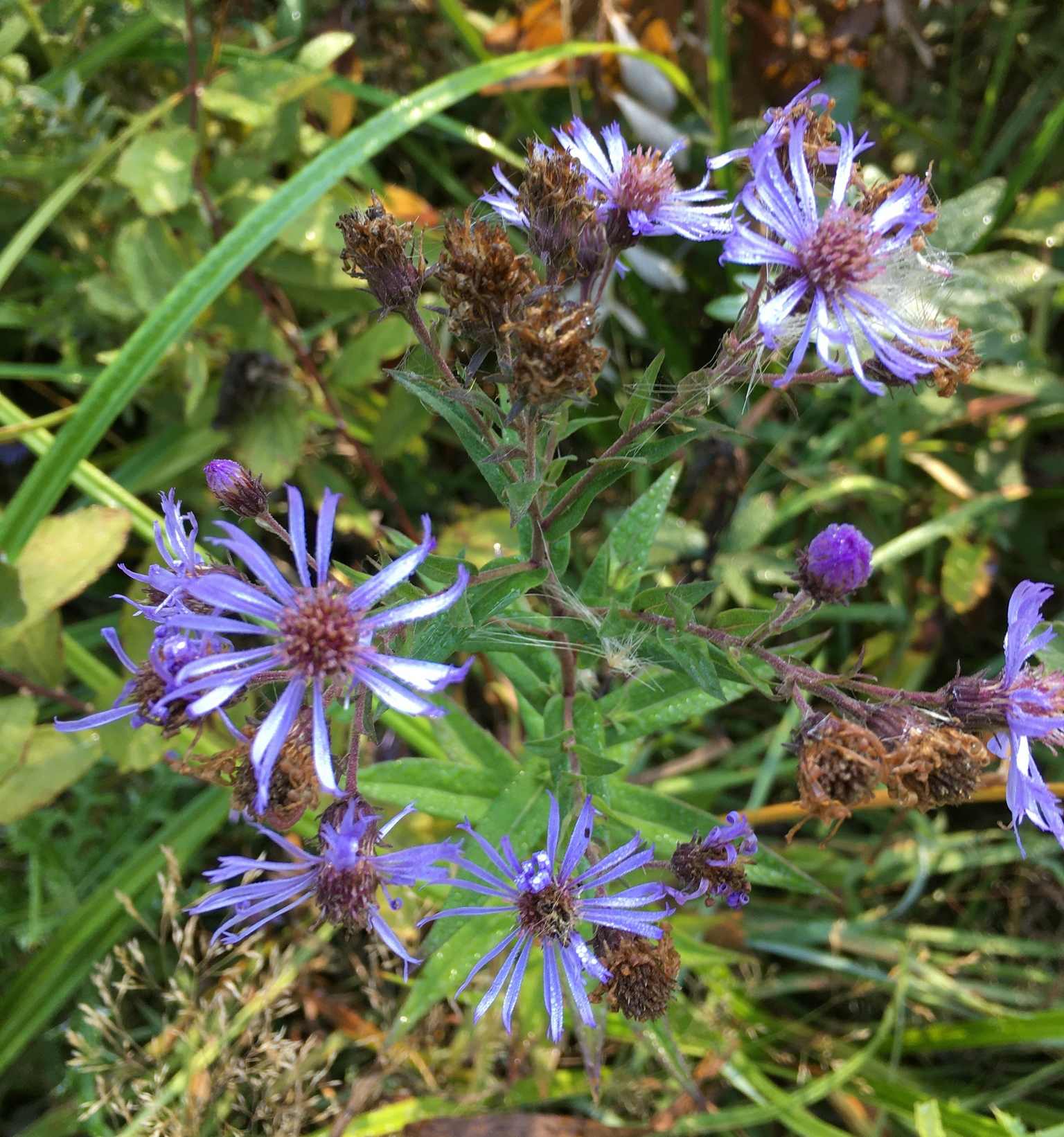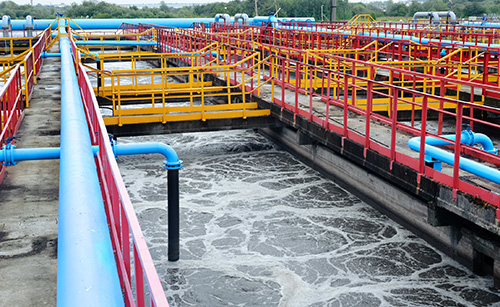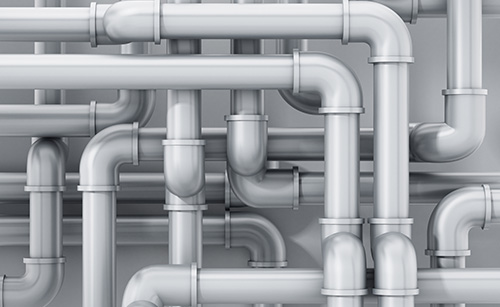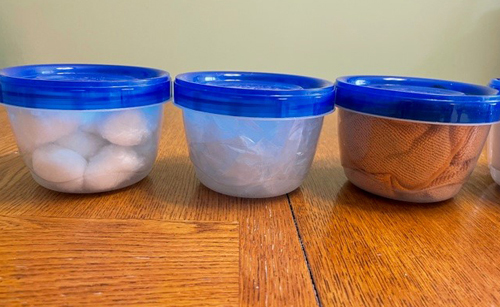There’s something magical about seeing buzzing bees flying around a flowering shrub, butterflies floating through a field of flowers, or a hummingbird zipping through the air. But these small creatures have a very large role in our ecosystem! Learn what pollinators are, why they’re important, and how we can create more habitat for them!
What are pollinators?
A pollinator transfers pollen from a flower’s stamens to the stigma on the same flower or a different one. This is a vital step in fertilizing a plant, and most plants cannot produce fruit, seeds, or new plants without being fertilized. Although some plants can self-pollinate or be fertilized when wind or rain transports their pollen, animals are the primary source of pollination.
Pollinators visit flowers for a variety of reasons, including searching for food, shelter, mates, or nest materials. Some animals, like bees, collect pollen on purpose. Other pollinators, such as butterflies, passively collect pollen when it sticks to their bodies while they’re drinking nectar.
Types of pollinating insects
Insects do the majority of pollinating around the world and four major groups do most of the work: bees and wasps, beetles, butterflies and moth, and flies. Other types of pollinators are mammals including bats and birds such as hummingbirds.
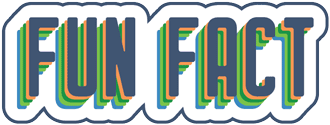
Pollinating giraffes? A study in Kruger National Park found that giraffes visit flowering knobthorn acacia trees reliably year after year carrying pollen on their neck and head and therefore may be the tallest pollinator in the world.
Why pollinators are important
Pollination isn’t only responsible for pretty flowers and delicious fruits. Pollination is actually required for our survival on Earth. Of the crops grown that humans depend on for food, 75% rely on an animal for pollination. These crops include fruits, vegetables, and grains, which are used for not just eating but for producing oils, condiments, spices, and beverages. Crops requiring pollination are even used to create medicines and fabric!
Pollinators also support the ecosystem by supporting plants that stabilize the soil, protecting it from weather, cleaning the air, and providing habitats for other types of animals.
Make a difference by attracting native pollinators to your home environment
In Clark County and most of the world, many native pollinators that were once common are now threatened. Their populations are declining, which is believed to be a result of pesticide use, loss of habitat, introduction of invasive species, and diseases. By losing their habitat, pollinators have less food to eat and fewer places to nest.
By taking a few steps, you can create a bit of habitat for the pollinators around you. What if you don’t have a yard at all? Try starting a mini container garden — this just means that plants are put in pots, not the ground! — on a front porch or patio.
Native plant gardens which support pollinators can also be grown anywhere, like your school, apartment building complex, community center, or local library. It takes a little planning including how the garden is going to be maintained.
Consider asking around and see if any adults are willing to start a garden to attract pollinators.

Clark Public Utilities recently planted a new Pollinator Garden at our Operations Center, incorporating a wide variety of plants that bloom at various times to support local pollinators. The garden is part of our ongoing commitment to environmental stewardship. You are welcome to stop by the Pollinator Garden at the Operations Center at 8600 NE 117th Ave. in Vancouver during regular business hours for ideas and inspiration. To learn more visit our website!
Four ways to attract pollinators to your yard
Plant native plants in your yard
Pollinators have evolved side-by-side with native plants, so these species are the best source of food for bees, birds, and butterflies. Even small yards can attract a lot of pollinators if the right plants are used. Gardens that are made up of 70% native plants or more are the most successful. If you plant non-natives, try to pick ones that bloom very early in the year or very late to extend the time when flowers are available to pollinators.
Limit pesticide use in your garden
Pesticides are toxic to many organisms, including bees and butterflies. Native plants naturally require little maintenance, including low pesticide use, so these plants should be prioritized! But in the end, if its a butterfly garden you want, you will need to put up with some pests. Even organic pesticides kill beneficial insects.
Provide water for your pollinators
Pollinators get thirsty too! Water gardens and birdbaths are great ways to provide water. Butterflies are also attracted to muddy puddles for water which they can get minerals from as well.
Provide nesting sites to support growth in your area's pollinator population
Many native bees nest in the ends of stems and 70% nest in the ground. Leaving dead stems and bare dirt will provide nesting sites for a wide array of bees. And forget cleaning up those leaves in the fall. Many butterfly and moth pupae are hidden away in those leaves and if you throw them out you are also throwing away next Spring’s pollinators.
There’s electricity in the air when it comes to bees and flowers
Bees and flowering plants have evolved together since the Cretaceous period, with plants developing methods to attract bees and bees developing mechanisms to collect the nectar and pollen that flowers offer. We know that plants use colors, patterns, and scents to lure in pollinators to help them reproduce. But there is another element that contributes to this pollinator-flower communication, and that’s electricity.
To understand how this works we must first understand the earth’s electric fields. During fair weather conditions, a vertical electric field is present in nature. The atmosphere has a slight positive charge, while the Earth’s surface and any plants and animals touching the surface have a slight negative charge. In our world, the greatest negative charge can be found at the end of parts that stick out, such as the pollen-carrying anthers of flowers.
So on a calm sunny day, a bumblebee at rest has a negative charge. However, as it flies through the air, friction causes it to develop a positive charge. When that bee lands on a flower, static electricity results in the negatively charged pollen grains getting attracted to the bee’s positively charged hairs.
Once on the bee, these pollen grains can then be transferred to another flower and pollination can occur.
But it doesn’t stop there. The bee can sense the charge of the flower before landing on it. How? Because the positively charged hairs on its body bend toward the flower centimeters before it lands. This activates neurons at the base of the hairs, allowing the bee to sense the charge. The bee can use this to its advantage because when a bee lands on a flower to forage for pollen and nectar, its positive charge temporarily changes the flower’s electric field. That changed field stays with the flower for a short time but long enough to tell the next bee that the flower had recently been visited and probably has not replenished the nectar yet.
This means the bee can forage more efficiently by not wasting its time testing a flower for the presence of nectar. It knows without ever landing. And plants are more likely to be pollinated by directing bees to flowers that have not been visited. It’s a win-win for both.
Bumble Bees Solve Traveling Salesman Problem
Bumble bees spend their days looking for flowers that will provide them with nectar and pollen. While it would be convenient if all the flowers were in one place, that’s not usually how nature works. So the question one might ask is how do bumble bees find all these flowers without wasting a lot of time? Do they randomly fly around or do they have a method? Turns out they use a brute-force method to solve a classical problem that mathematicians call the “traveling salesman problem.”
The traveling salesman problem asks the following question: “If you have a given a list of stops and know the distances between each pair of stops, what is the shortest possible route that visits each stop once and returns to the original starting point?”
Researchers from the Queen Mary University of London found that bumble bees may be using a relatively simple trial-and-error method called brute-force to find the most efficient route between the flowers. Each time they go out to forage on flowers they try to find a shorter route. At the beginning the routes were long and often brought them back to the same flowers they had already visited. But as time went on they shortened the route and eliminated visits to flowers that no longer had nectar cutting down the distance by over 75%.
Want to see if you are as smart as a bumble bee?
Try to solve this traveling salesman problem. You can go and check out the original study on pollinator multi-destination routes over large spatial scales.

